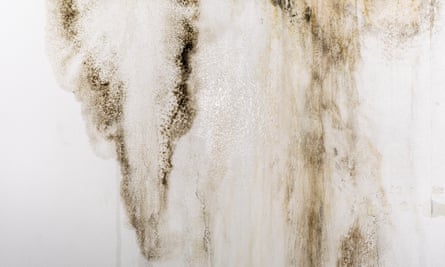This winter’s fuel and cost of living crises are likely to have a serious impact on indoor air pollution.
Air pollution in our homes is a mixture of what comes from the outside and the sources in our homes. There are a multitude of harmful indoor air pollution sources including cooking, tobacco smoke, wood burning, cleaning materials, personal care products, and chemicals in our furnishings. Mould is an important indoor pollutant too and has been linked to both asthma and allergy, especially in children.
Simon Jones, head of air quality at Ambisense explained: “The instinct to shut things down and seal things up, will be very understandable given the cost of living crisis. Couple this with heating our buildings less often and you have significantly increased the likelihood for condensation and mould. I fear the impacts of this winter’s crises will be years of damage to both human and building health.”
When the eurozone crisis squeezed the Greek economy, winter smog shrouded Athens as many people turned to wood heating to keep warm.
Reports from wood suppliers and stove sellers suggest people across the UK and Europe will be also burning more wood to avoid soaring fuel costs.
This can damage indoor air quality too: tests in UK houses have shown how pollution escapes from a wood stove, directly into your home. Smoke from chimneys also drifts into other homes exposing people across a whole neighbourhood. A recent study from Greece showed that wood burning was responsible for almost half of the cancer-causing air pollution in Athens and a new study from New Zealand has showed an increase in serious respiratory infections when wood smoke built up in an area.
This winter, balancing heating cost, ventilation and keeping warm will be crucial, but more difficult than ever.
 View image in fullscreenMould is an indoor pollutant linked to asthma and allergy. Photograph: unomat/Getty Images/iStockphoto
View image in fullscreenMould is an indoor pollutant linked to asthma and allergy. Photograph: unomat/Getty Images/iStockphoto
Prof Cath Noakes from the University of Leeds has provided some practical advice: “Around half of the comfort that we experience is from the temperatures of surfaces, known as radiant heat. Moving seating away from cold windows, using thick curtains at night, but allowing the sun to come in during the day, and ensuring radiators are not covered or blocked by furniture will all help you feel warmer. Ventilating using high-level windows can reduce cold drafts and open trickle vents will allow some ventilation without losing lots of heat. Ventilating after a shower or when cooking can prevent moisture buildup which can lead to damp and mould.”
skip past newsletter promotion
Sign up to Down to Earth
Free weekly newsletter
The planet’s most important stories. Get all the week’s environment news – the good, the bad and the essential
Enter your email address Enter your email address Sign upPrivacy Notice: Newsletters may contain info about charities, online ads, and content funded by outside parties. For more information see our Privacy Policy. We use Google reCaptcha to protect our website and the Google Privacy Policy and Terms of Service apply.
after newsletter promotion
Although we have national networks that measure outdoor air pollution there is no system to survey air pollution in UK homes that could track changes this winter; to find out what works well and what does not, and to provide lessons for future climate change adaptation.



Leave a Reply
You must be logged in to post a comment.